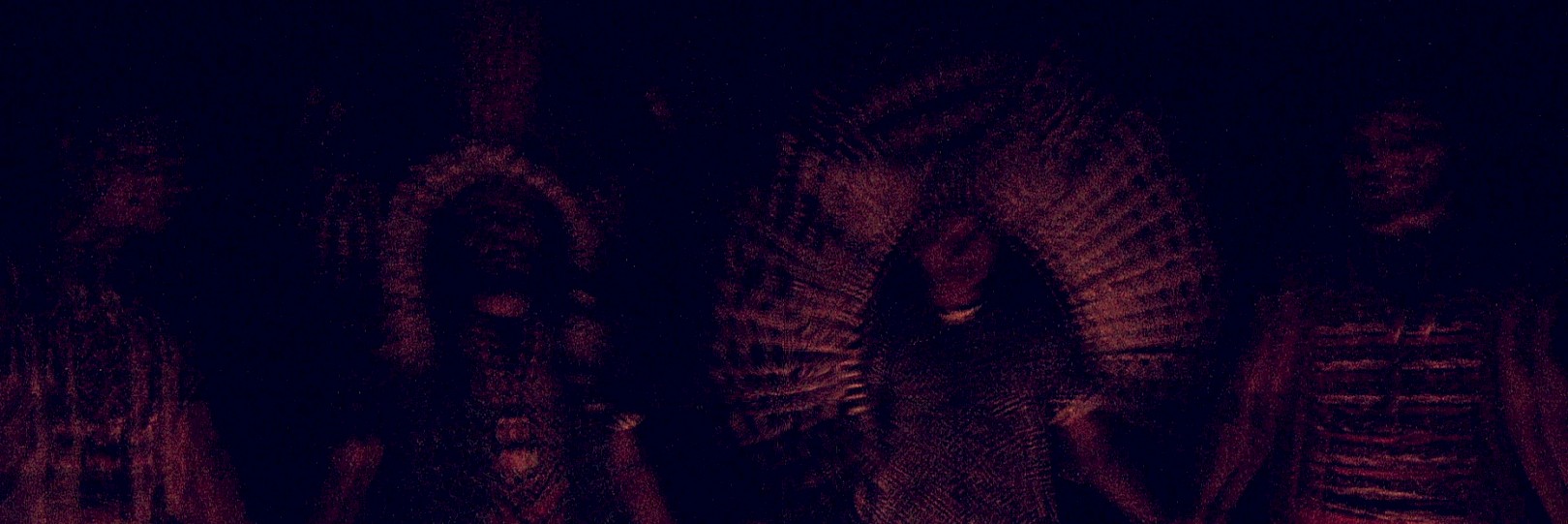Povo Huni Kuin
17:14
The Huni Kuin people. The Kaxinawá people. Huni Kuin Guardians. Rapé Snuff. Ayahuasca. Ritual in Rio de Janeiro. Acre state. Population of 11.000 Huni Kuin
The Huni Kuin People
Elders walking on their own in the heart of the jungle, through the darkness of the night: they aren’t tracking animals to hunt; they weren’t led there by the need to find seeds or medicinal herbs… They wander through gullies, lakes, and trees.

“We are a small God”
Ixã Virgulino Sales
They walk in the service of yuxin, the vital force in every living thing on earth, in waters, and skies; according to their vision of the world – called yunxidade – there’s no relation between spiritual and supernatural. Animals are also Huni Kuin, enchanted beings that carry some good or knowledge: it was the squirrel that taught men how to sow a seed, it was the capuchin monkey that taught us how to copulate.
And it is yuxin who choses those who can be shamans: Huni Kui is only required to reveal itself to nature. When caught, the men present a specific type of disease: they chase after women! And they go through a preparation that involves spending their nights in the forest.
Shamanism is a defining practice in the lifestyle of this people who the colonizers named Kaxinawá: part of the Pano linguistic tree, they are currently about eleven thousand Indians living in the lands of the Western Amazon, in the border between Brazil and Peru. Their social structure is mainly organized by their gender-based division of daily labor: on a regular day, women are in charge of the laundry, taking care of the children, and preparing the meals; and men are in charge of hunting. In the farmlands, only peanut crops are a common chore between both groups.

Women are the only ones who can do body paintings with jenipapo, one of the main identity markings among this people known for their Kene Kuin: the true drawing. They consider the drawing as a layer of beauty over people and things. The design is received in visions made from sophisticated images formed by backgrounds and figures, containing the relations between the yuxin and men.
Even though the shamanic mindset is omnipresent and inseparable from their culture, they say the true shamans have all died: there’s a something of a mystery or discretion about the practice of curing and causing diseases. Unlike other Amazonian groups, this is one where everyone can see the world of the vine by the ritual ingestion Ayahuasca tea and the Guardians of the Forest even accept invitations to share this source of strength and self-knowledge in other Brazilian cities and states where they perform their rituals: the world is in need of it!
“Spiritual work is like that of a physician”
Ixã Virgulino Sales

Before the rituals, they share rapé snuff to open paths and harmonize bodies. The initial chants are also an opening: inviting the enchanted Hun Kunis – forest animals – to share their teachings and awaken the forest.
The visions come in colored images with a superimposed layer of reality, and music takes on a primordial role: it also dictates the volume of the force being built around and within everyone. If there is too much intensity, the songs must calm down the flows… if more depth and acceleration are required, the tones and rhythms also alternate.
More than their headpieces and bracelets, the Huni Kuin people displace nature in search of people who want to find themselves. No matter if you’re from the city or from the village… under the vine’s regency, we are all truly forest.
“This medicine is like the Huni Kuin internet,
Everyone is finding out that we can also teach connecting”
Ixã Virgulino Sales

